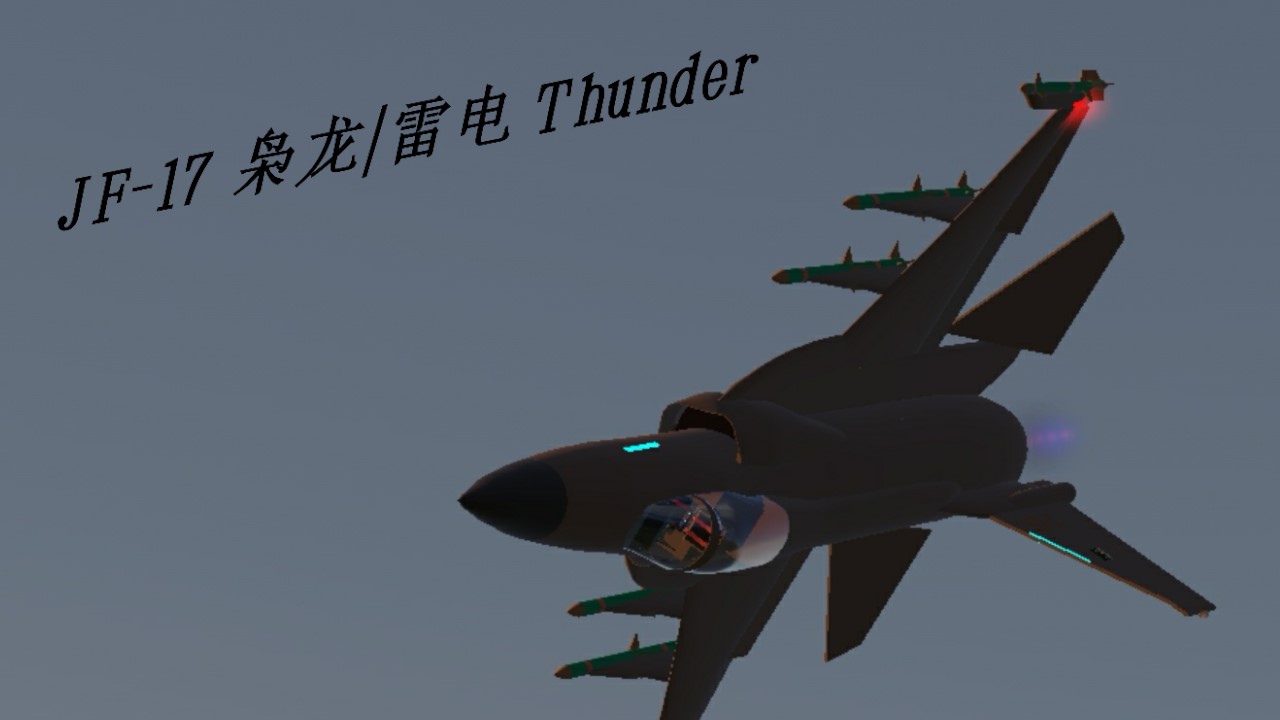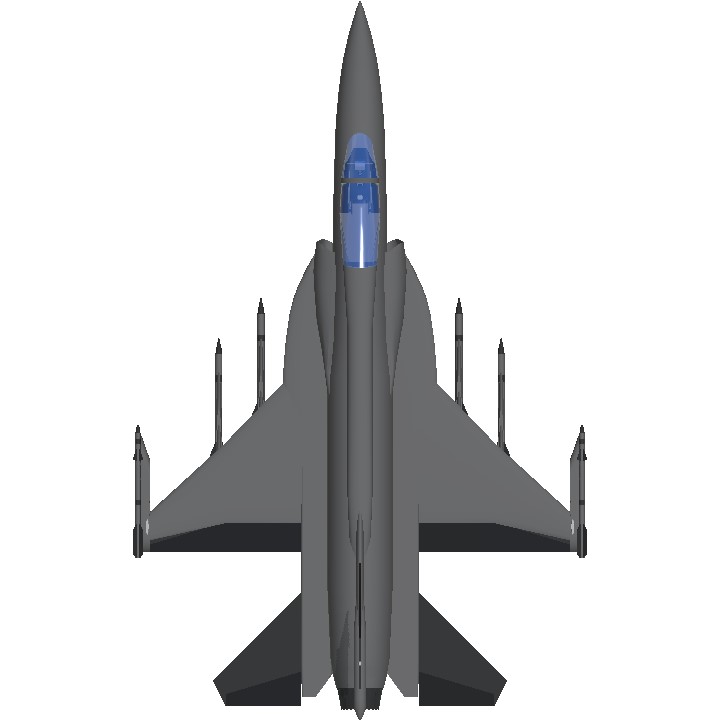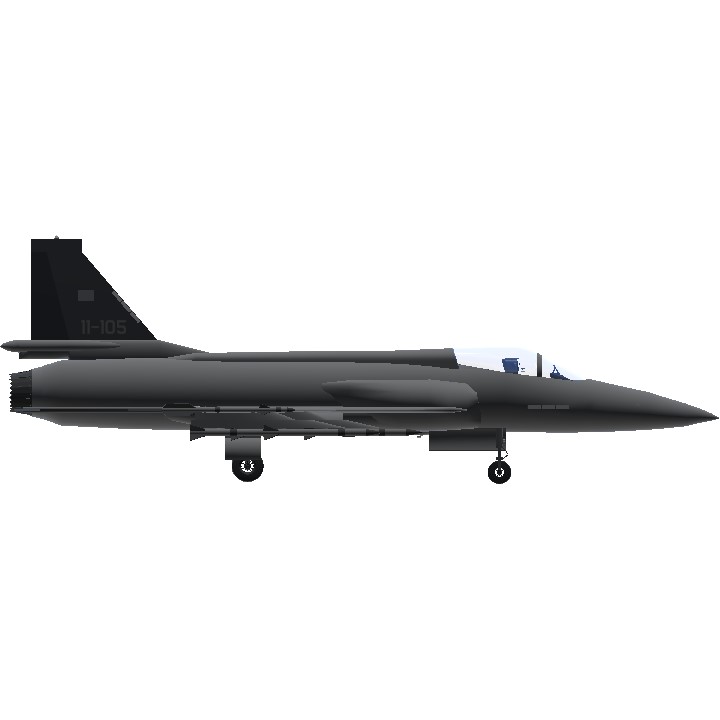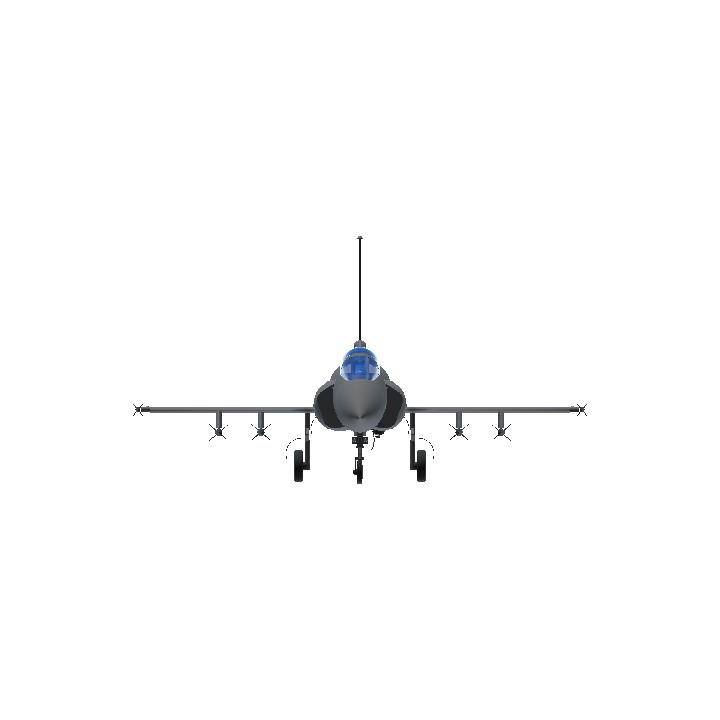FC - 1 combat; Chinese nickname: Xiaolong; Pakistan code: JF-17, nickname: Thunder, translation: Thunder; At the beginning of development, it was said: Super - 7), is the late 1990 s, China and Pakistan, China aviation industry group company belongs to the chengdu aircraft industrial (group) co., LTD., chengdu aircraft design institute, China aviation technology import and export companies and other units jointly developed, the Pakistan air force to participate in the development of type 1 single, single, all-weather multirole fighter.
Fc-1 fighter aircraft has outstanding low and medium altitude and high subsonic maneuverability, good interception and ground attack capability, large range, airborne time and combat radius, excellent short take-off and landing characteristics and strong weapon mounting capability.
The FC-1 fighter jet (JF-17) is the first aircraft that China has authorized overseas production by exporting complete machine technology. It has been equipped in batches by the Pakistan Air Force and many countries intend to purchase it.
Developmental evolution Research and development background The FC-1 fighter was based on the 1988 super 7 fighter program. In the mid-1980s, the Pakistani air force felt that its main fighter aircraft could not adapt to the air combat situation at that time, and urgently needed to replace its old mirage 3, mirage 5 and the j-6, strong 5, made by China. On the one hand, the Pakistani military has introduced us F-16 fighters and on the other hand has actively cooperated with China to try to develop a low-profile and more advanced fighter jet with Chinese power. FC-1 third view For the new fighter jet, the initial name of Pakistan was "saber", and China's name was j-7cp. At that time, it was envisaged that on the basis of the j-7 fighter, the two sides of the inlet and the front edge of the wing base of the j-8 fighter were added to the front edge of the j-8 fighter, and the new aircraft was developed by changing the engine. For this, chengdu aircraft industry group (chengfei) signed an agreement with grumman to jointly develop the "su-7 fighter". Su-7 was originally envisioned as a way to upgrade the j-7 and export to Pakistan, and Singapore also expressed strong interest. Grumman proposed an improvement plan for the 40-degree backwind wing with side wings. In order to improve the performance of greater Angle of attack, grumman designed the air inlet to tilt 10 degrees inward, and greatly improved the performance of greater Angle of attack. However, as relations between China and the United States deteriorated in 1989, the United States government canceled all military cooperation projects and stalled the su-7 fighter development program. R&d launch In 1991, chengfei reinvested itself in the "super 7" project and planned to fly for the first time in 1998. Soon, Pakistan, who learned the information, expressed interest in participating in joint development again. In February 1992, the Chinese government formally invited the Pakistani air force to invest in the "su-7" program. In return, Pakistan has the right to fully participate in the r&d process and have the right to cooperate with production. FC-1 jf-17 is ready for test flight In May 1992, the china-pakistan and Pakistani expert groups began the feasibility demonstration of the "su-7" aircraft project. Memorandum of development was signed in October 1992. In October 1994, the Pakistani government began formal negotiations with China. In July 1995, the Pakistani air force made specific requirements for the new aircraft's tactical technology, and in October, the two sides identified and signed new tactical technical requirements (i.e., ASR-Air Staff requirements). However, the talks have been delayed for years, due to a lack of money between the two countries, a reluctance by western manufacturers to provide advanced aviation equipment, a renewed reassessment of the threat posed by Pakistan's light fighter jets and how to deal with funding, job allocation and sales. With strict fiscal controls, the project has invested only $450 million, and because of the optimistic export situation for third world countries, it is also cost-effective to use it only as a pure export fighter. There are many countries in the world still armed with a large number of old supersonic fighters, including mig-21, j-7, strong -5 or mirage -3, mirage -5. The service life of these fighters will soon end, and it is unlikely to be replaced by advanced but expensive western or Russian fighters. FC-1 jf-17 04 prepare for test flight In 1998, China and Pakistan finally signed an agreement to cooperate in the development of the super-7 multi-purpose fighter. On June 28, 1999, the two sides signed the "cooperation between China and Pakistan to develop S-7/FC-1 aircraft contract". The aircraft model was officially designated as FC-1, meaning "fighter China no.1". FC-1 jf-17 01 three views The FC-1 fighter jet development program is invested by the Pakistani air force 50 percent, while China aviation technology import and export corporation and chengdu aircraft industry group invest 50 percent. In addition, the Russian migg design bureau has joined the FC-1 plan, which has evolved into three cooperative projects involving chengfei company, migg design bureau and Pakistan. The Russian migg design bureau will provide technical data on the mig-33 fighter jet that has been cancelled for Chinese reference. At the same time, the kremlin RD-93 turbofan engine (the improved RD-33 engine equipped by mig-29 fighter) was selected as the FC-1 power system.
Specifications
General Characteristics
- Created On Android
- Wingspan 29.3ft (8.9m)
- Length 46.9ft (14.3m)
- Height 16.2ft (4.9m)
- Empty Weight 6,690lbs (3,034kg)
- Loaded Weight 16,528lbs (7,497kg)
Performance
- Power/Weight Ratio 2.039
- Wing Loading 55.8lbs/ft2 (272.6kg/m2)
- Wing Area 296.0ft2 (27.5m2)
- Drag Points 6165
Parts
- Number of Parts 290
- Control Surfaces 7
- Performance Cost 1,163





进攻D点!
牛逼